We were making our way around a lovely but cold Independence National Historical Park the other day, when we were surprised to come across what looked to be a fenced construction site smack dab in the middle of the park near 3rd & Chestnut. As we hopped across the dip in the ground where Dock Creek once made its way down to the Delaware River, we stopped to check out the vista, where a historic building is getting a new life, thanks to an influx of federal funding.
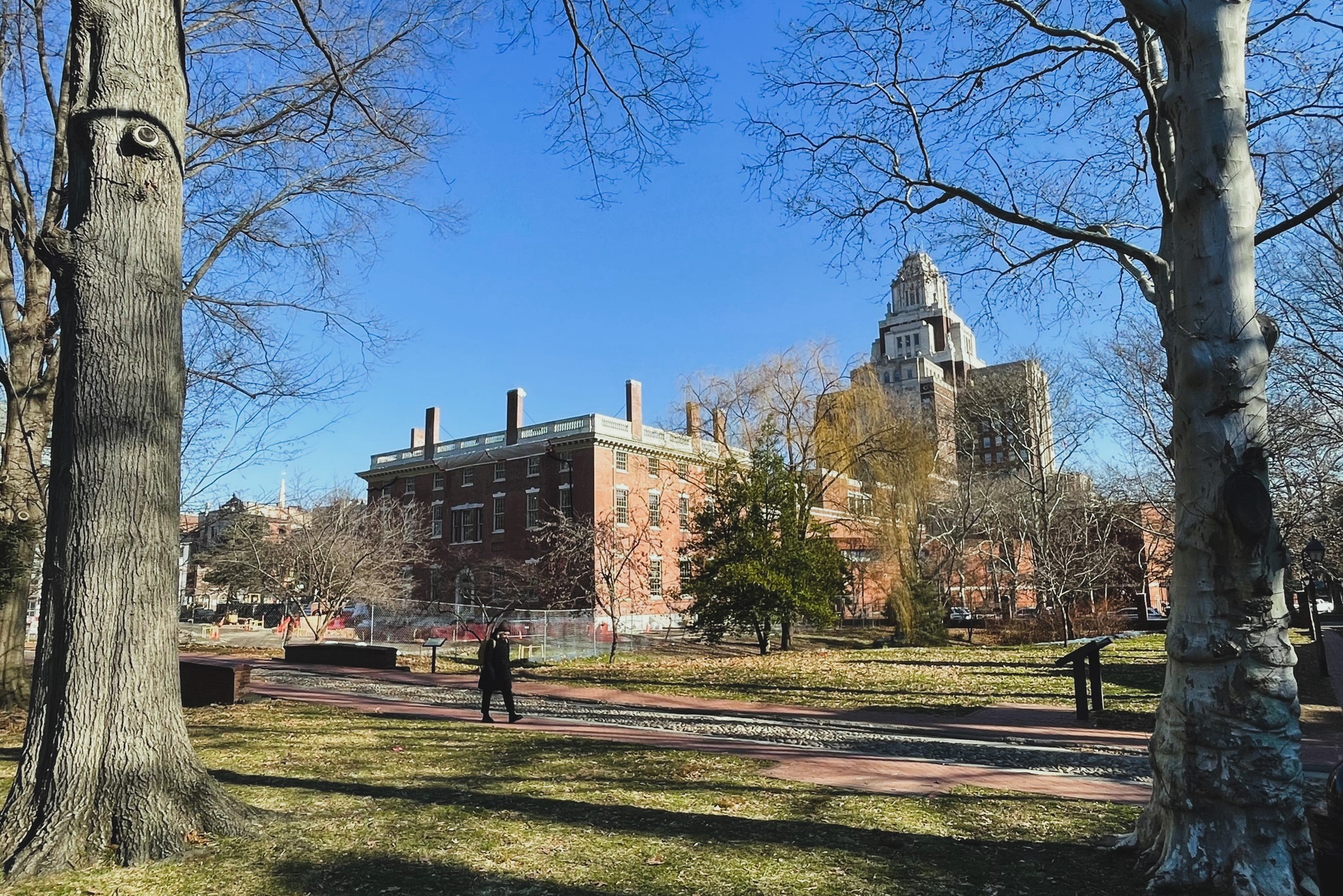
That is indeed a fenced-off First Bank of the United States, the stately structure built in 1797, which was the first building constructed for what was then new federal government. There are big plans for its future, thanks to that $22 million influx of funding that we referenced earlier (along with an additional $4 million of private funding from Independence Historical Trust), with a rehabilitation of the original structure paired with a new addition on the west side of the site. Work is in full swing on the bank building, which was originally designed by an amateur architect.
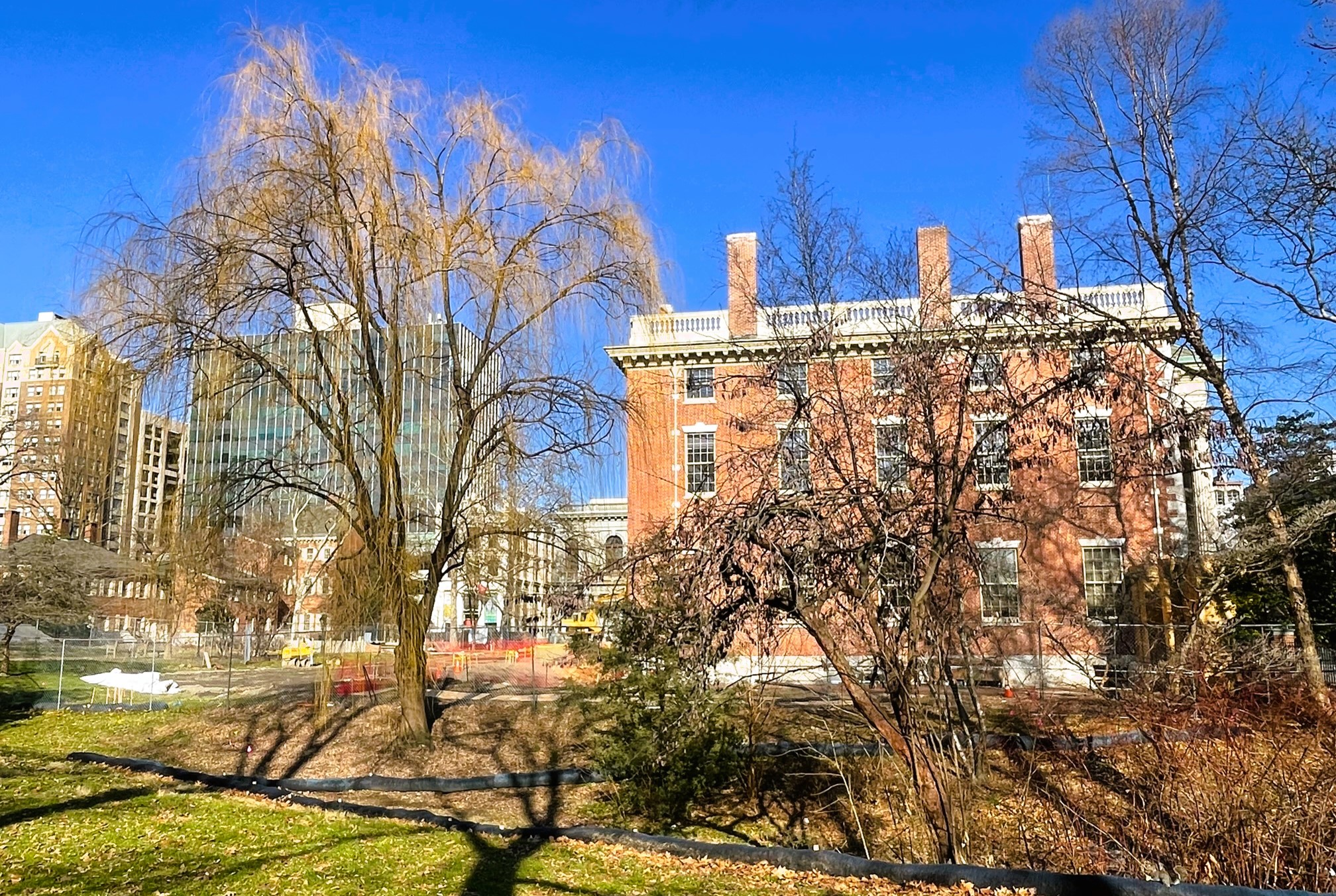
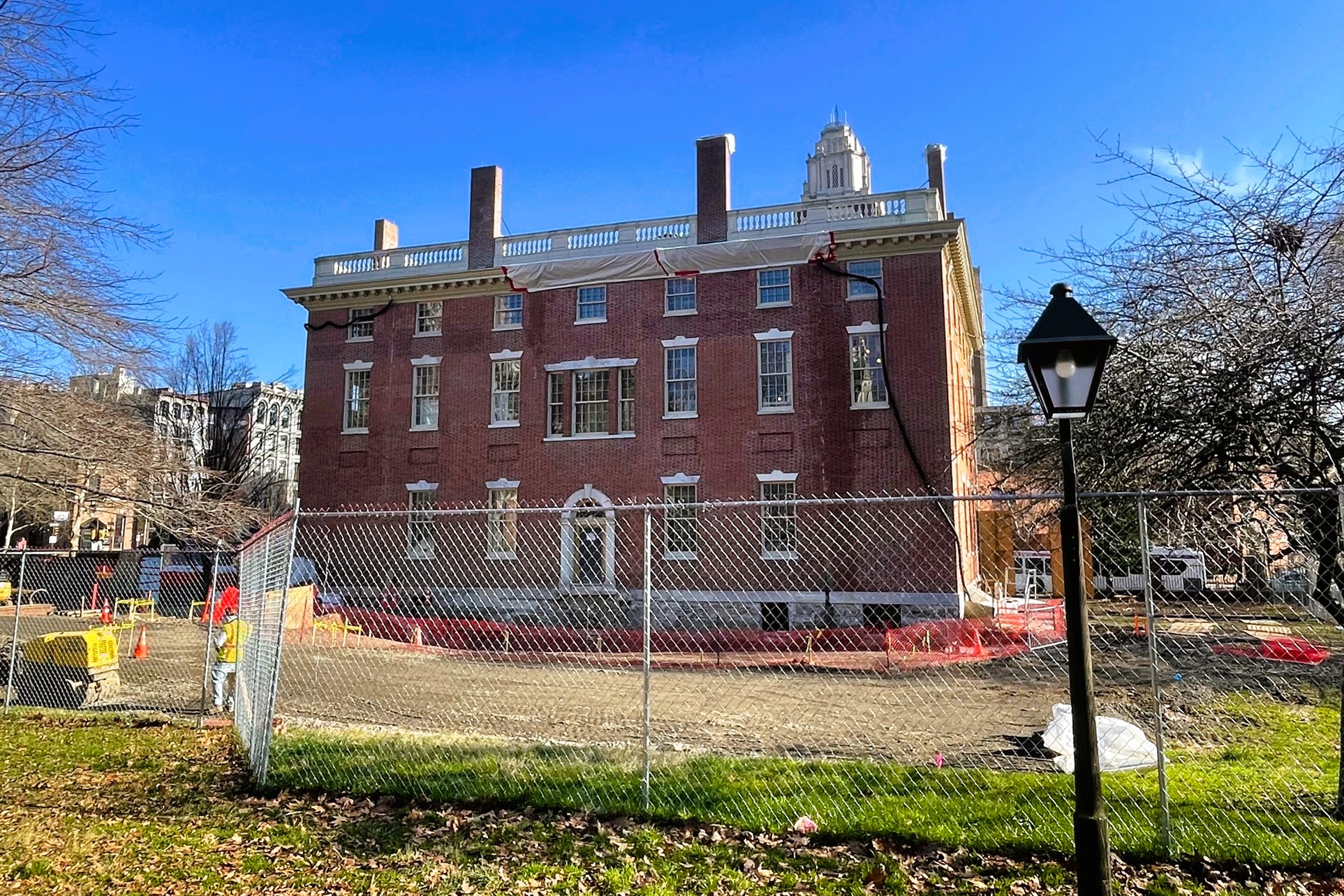
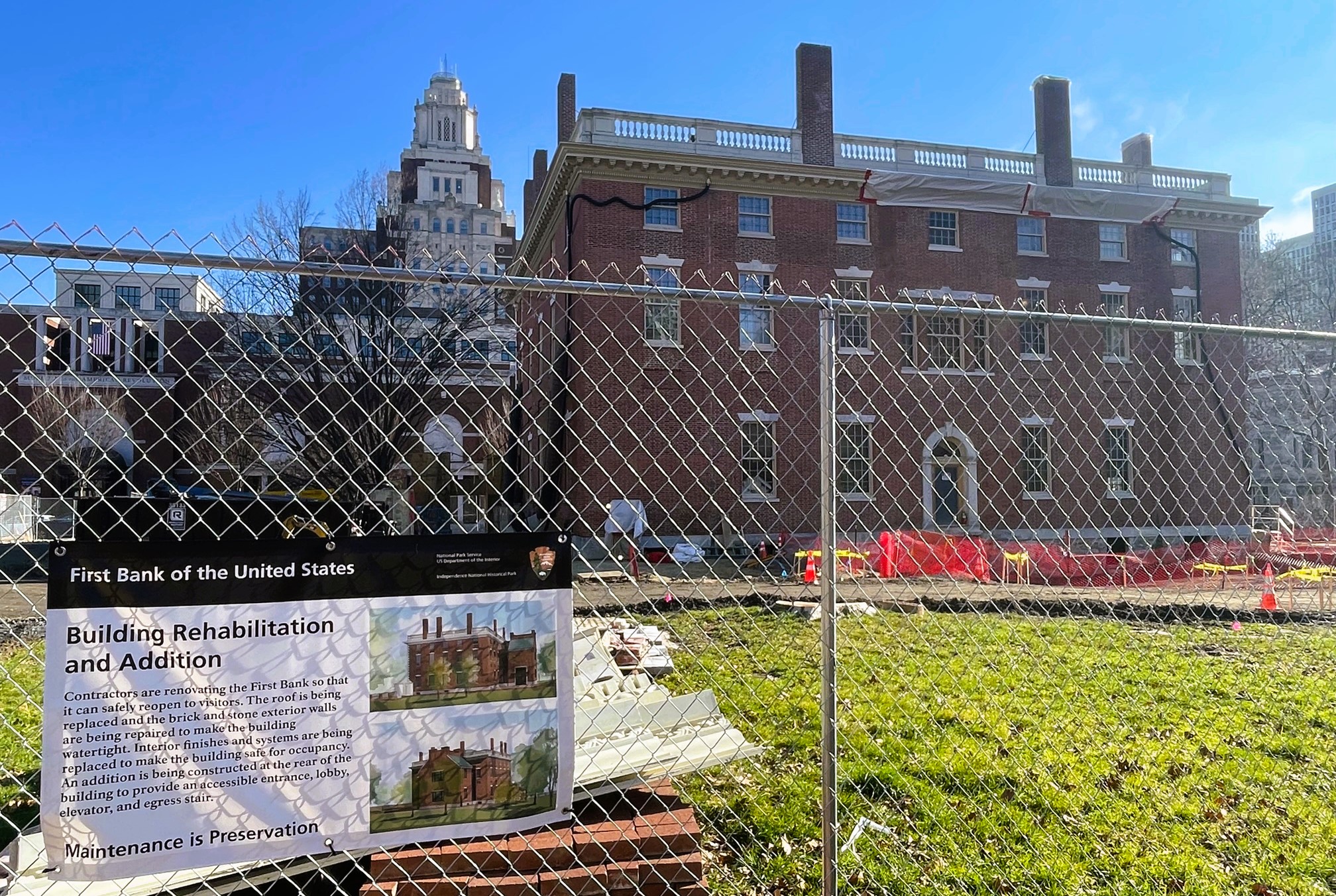
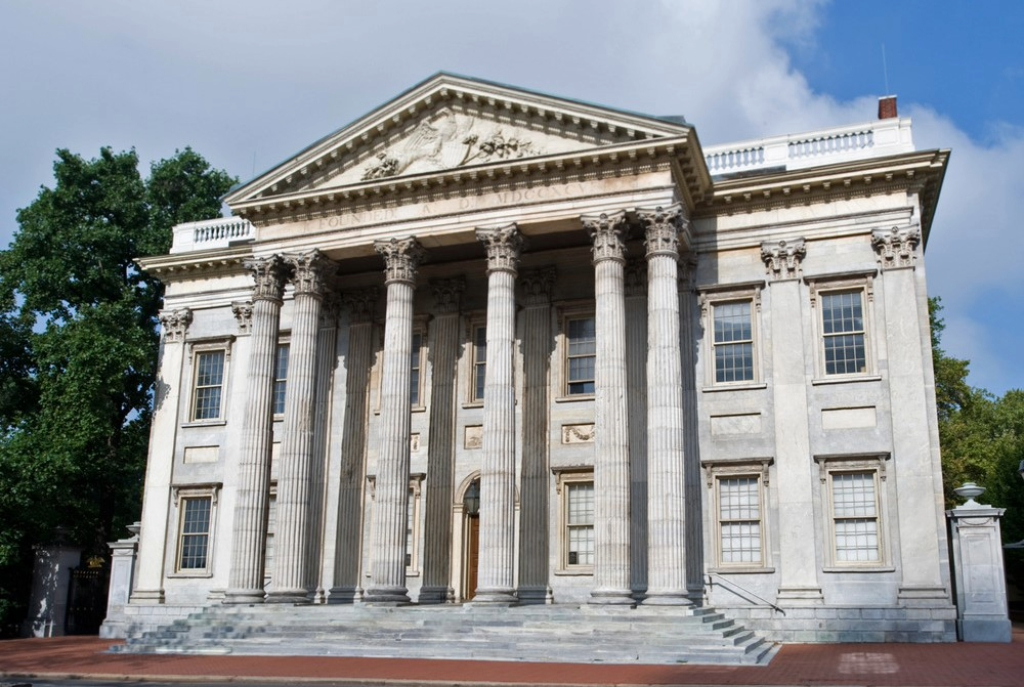
What’s ahead is exciting indeed, as the future includes the full restoration and rehabilitation of both the exterior and interior of the building. As building codes and accessibility concerns have changed slightly since the 1790s, an addition will be added with new bathrooms, stairways, and elevators, along with less exciting (though also important) HVAC improvements. Let’s check out the renderings, with a design guided by some feedback from the nearby Carpenters’ Hall. Incidentally, the bank operated out of Carpenter’s Hall from 1791 until its permanent home was completed a few years later.
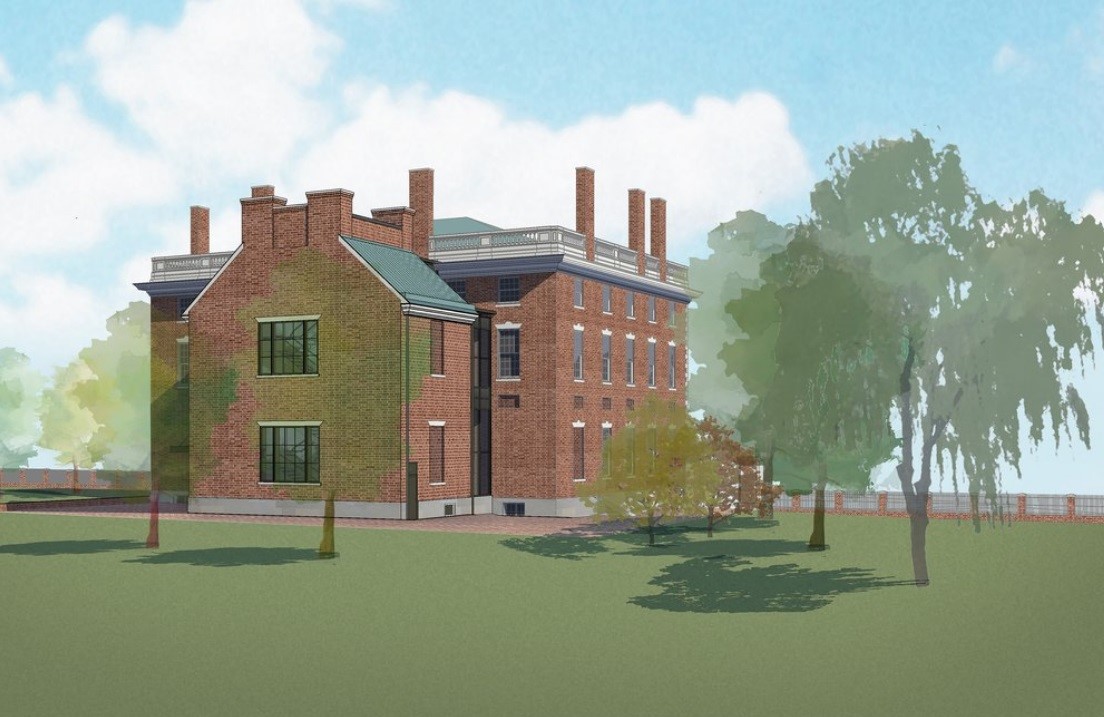
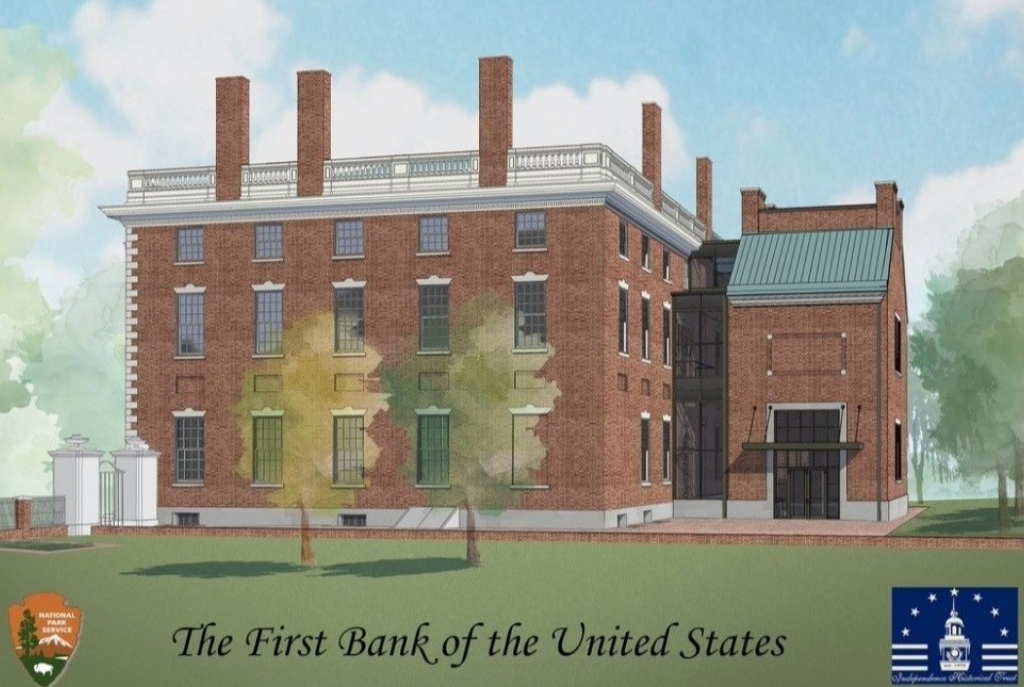
The new exterior does a good job of blending in with the original building, nearly disappearing visually, as is entirely appropriate for this sort of addition. Excitingly, the interiors could have an updated look, too. Independence Historical Trust is working to raise $6 million or so to create a museum, along with all the bells and whistles that come with it. This part of the process is still in the conceptual phases, with hopes to have things up and running in time for the rapidly approaching Semiquincentennial in Summer 2026. Let’s peer at the fuzzy plans to get an idea of what might await.
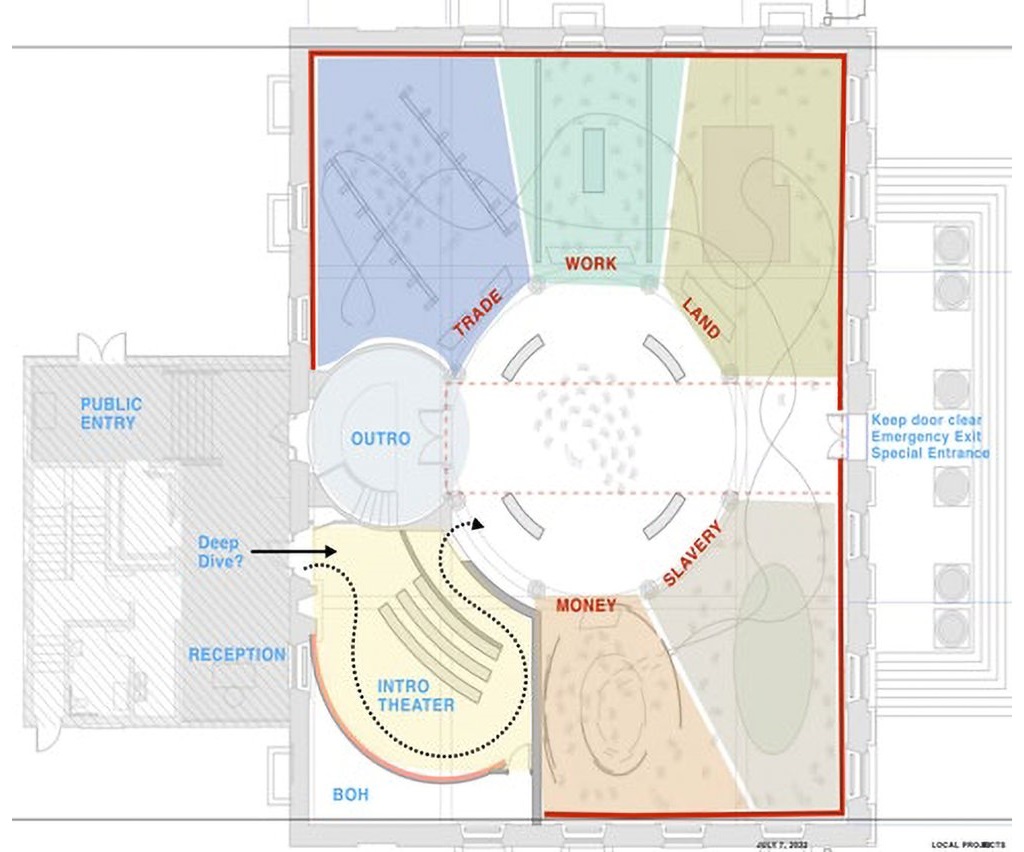
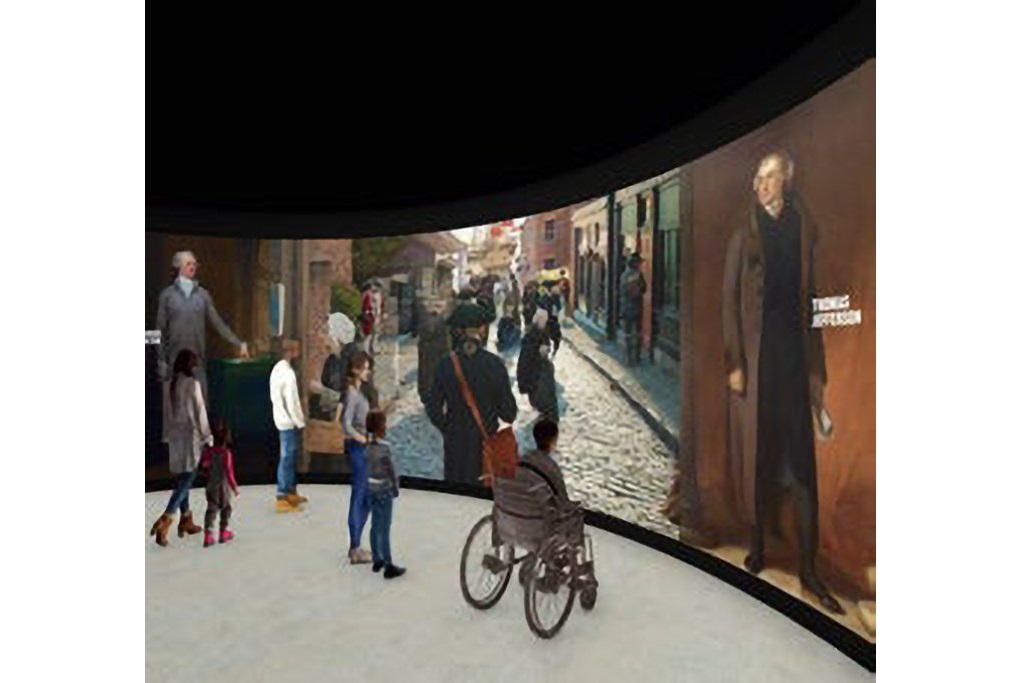
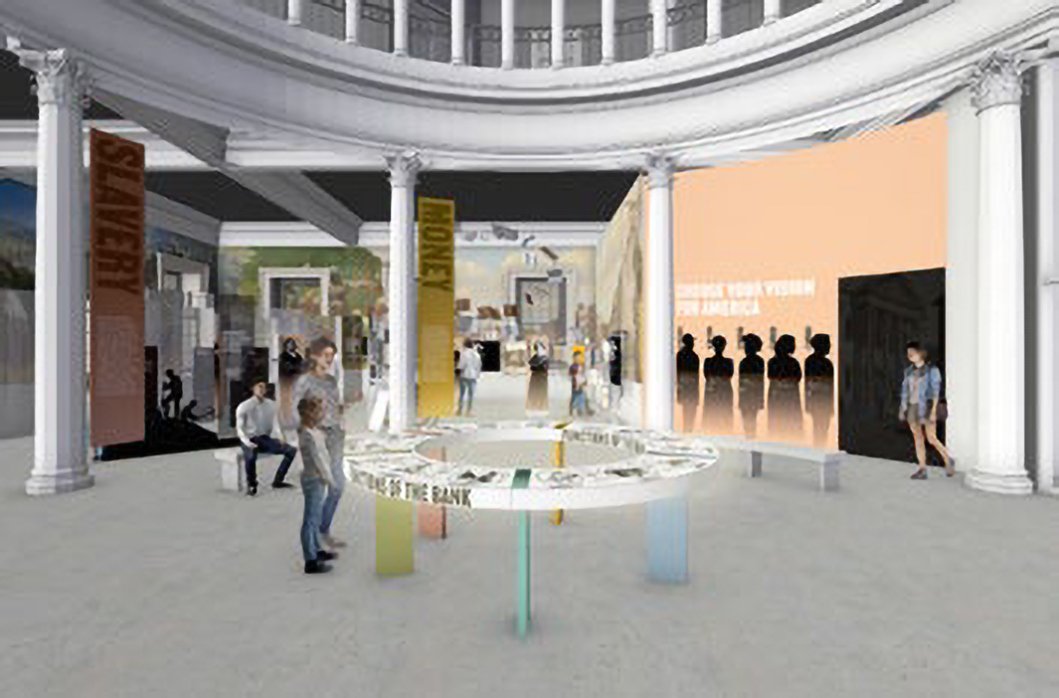
We think the plans for this spot are extremely appropriate, and we couldn’t be more pleased to hear about the time, money, and effort being spent to restore an under-appreciated building that played a big role in the history of our country. We do find it odd, however, that a project under the purview of the National Parks system needs to rely on a volunteer organization to come up with the funding to make this happen. We understand the complexities of asking for millions of dollars to fix up an old building, especially when there are plenty of other issues that could use a few bucks to help out. But we hope that if and when this does happen, there can be a sustainable way to keep this thing running so that it becomes a worthwhile addition to the historic district in our “greene country towne.”
